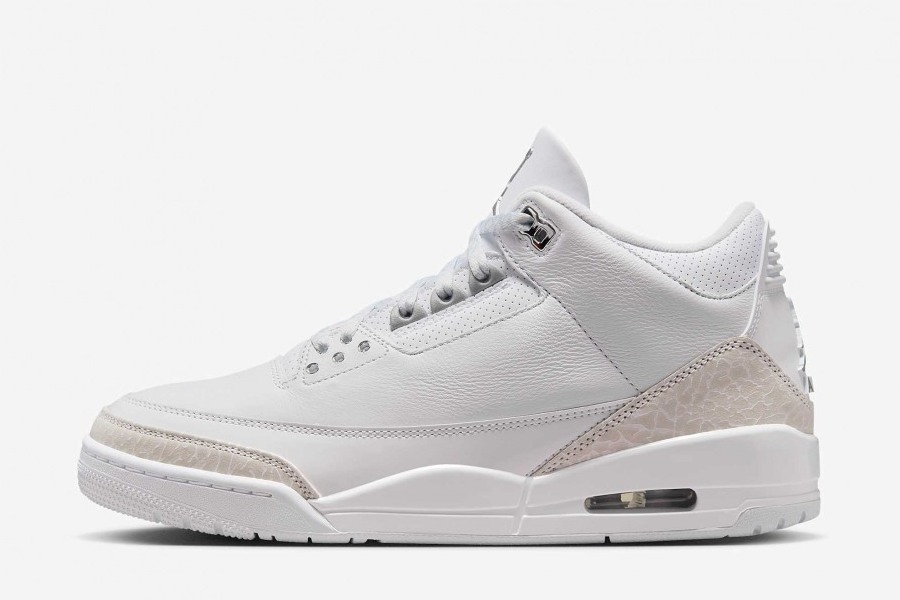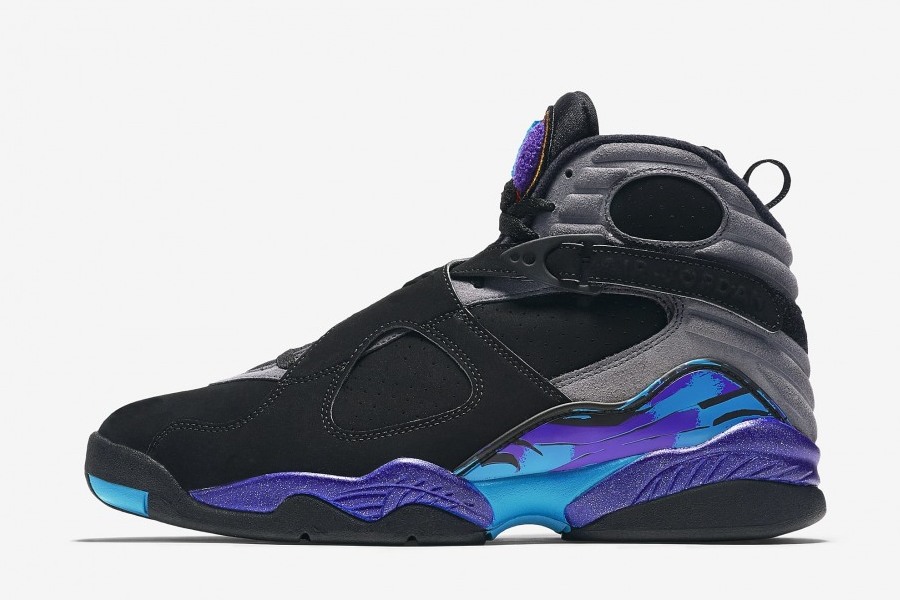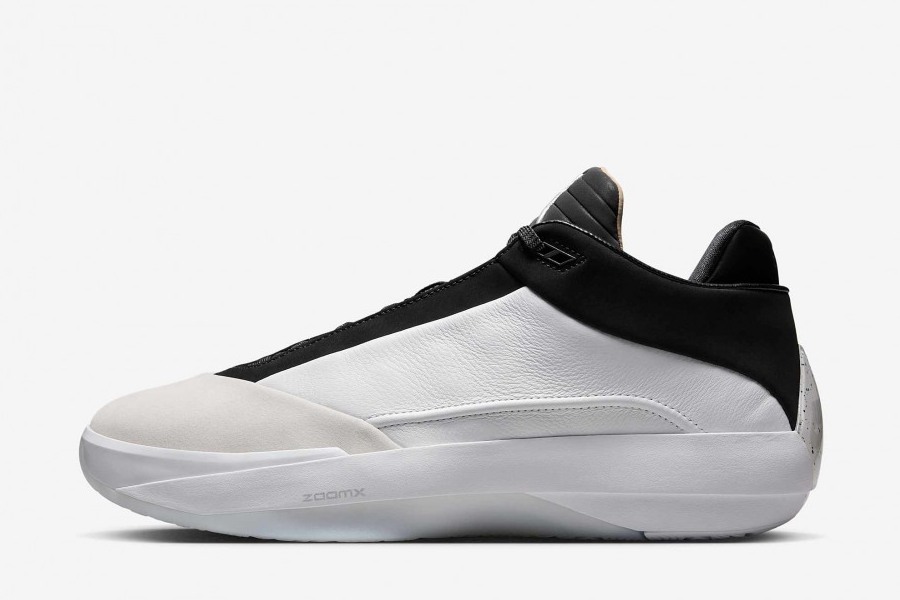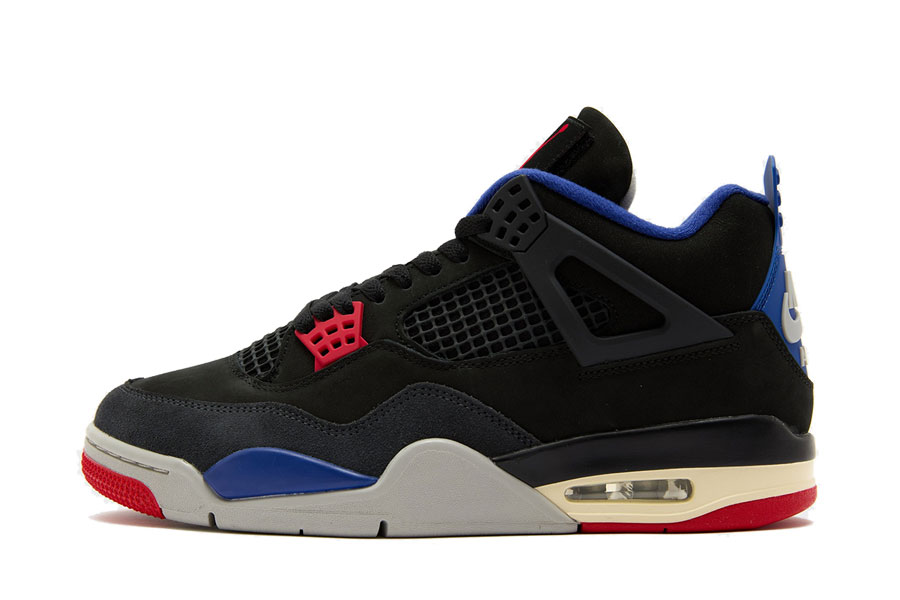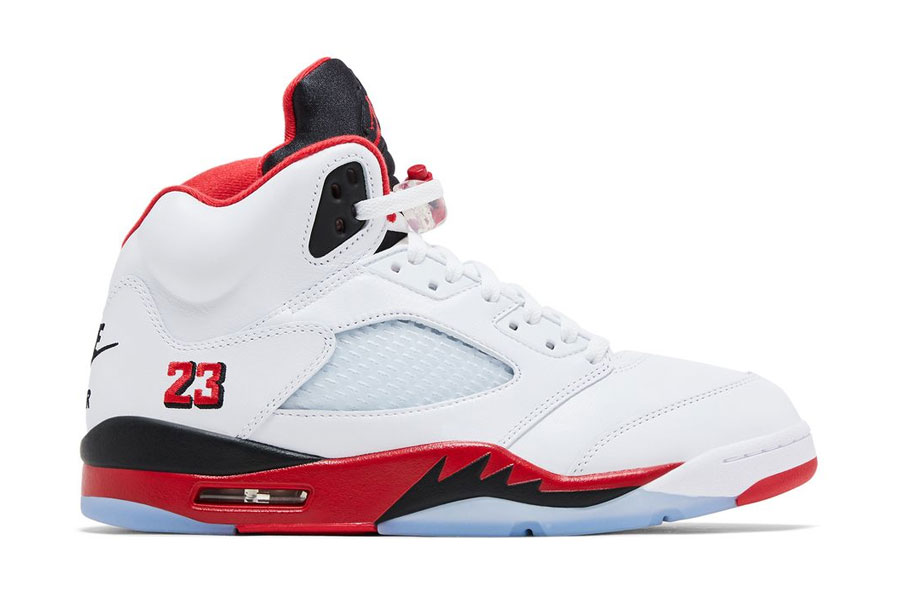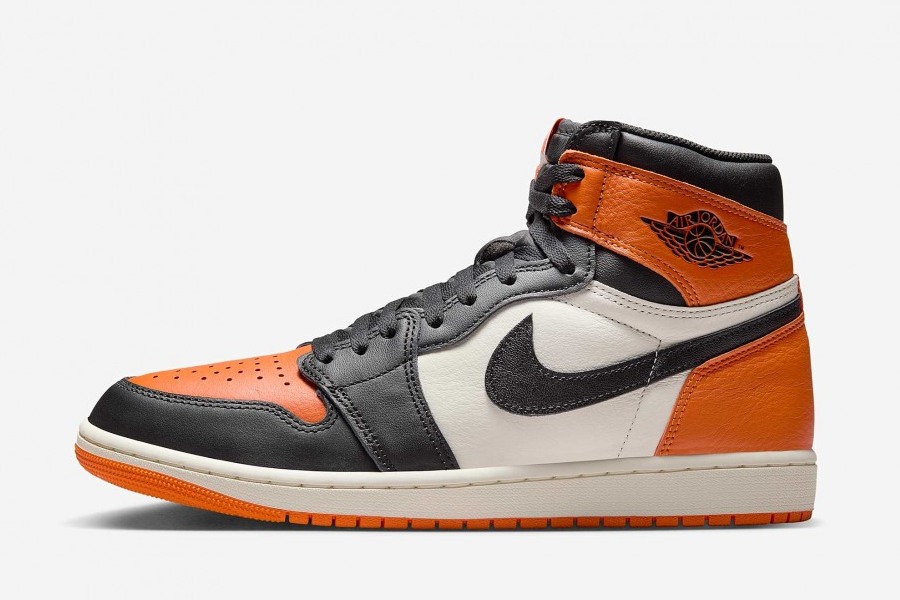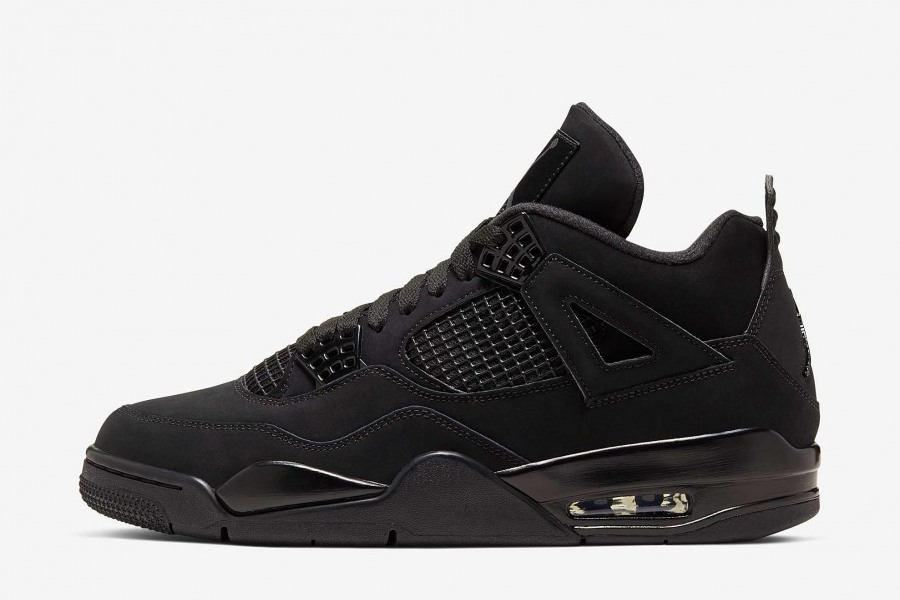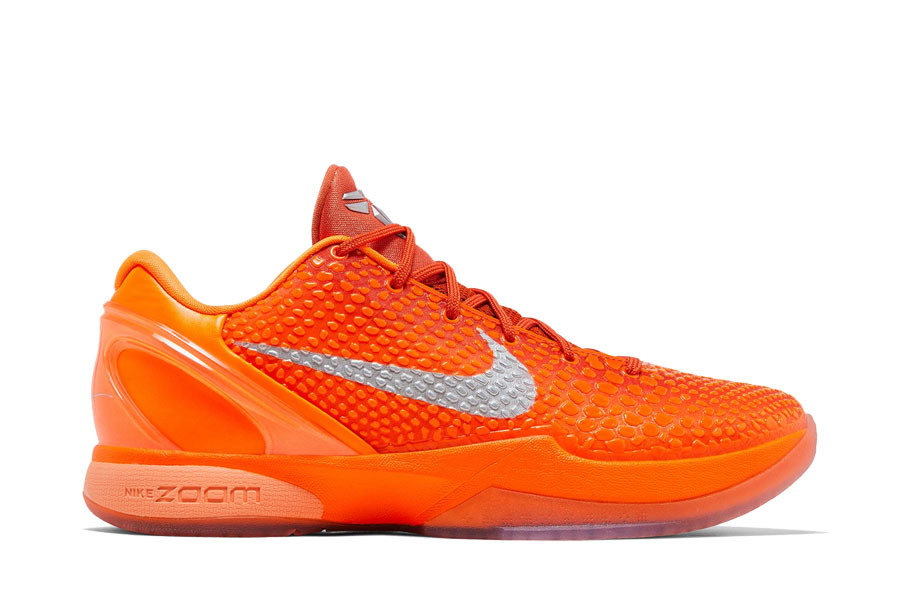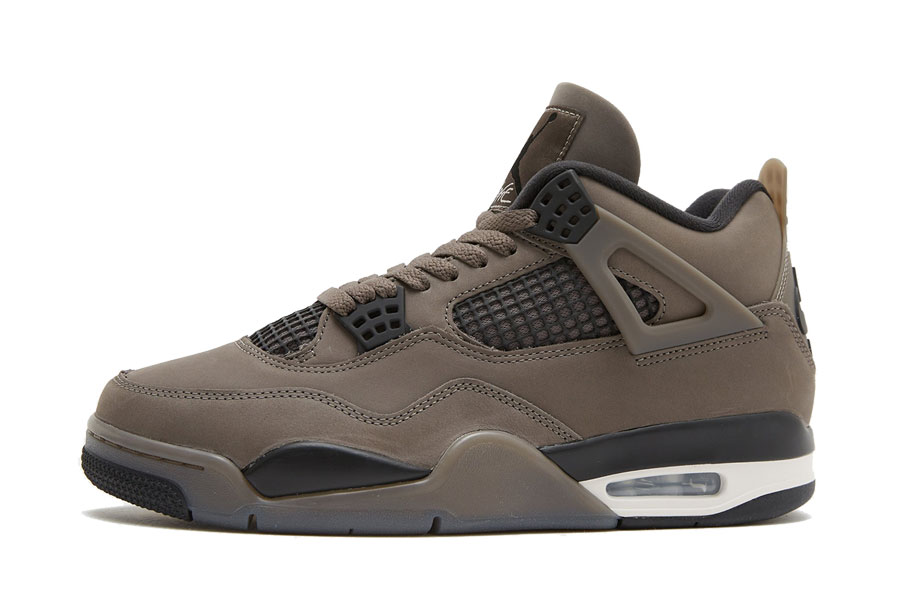- SPONSORED BY

The adidas Superstar is more than a sneaker – it’s a time capsule. Gaining fame in the early 1970s as a basketball shoe, the Superstar quickly crossed over into corners of culture that had nothing to do with hardwood. Before long, it was on the feet of b-boys spinning on cardboard in New York parks, on stage at sold-out arenas with RUN DMC, and in the closets of skaters who didn’t care what rules they were supposed to follow.
By the mid-80s, the Superstar had left its mark on sports and planted its flag in music. A million-dollar deal with RUN DMC confirmed what was already clear: this sneaker wasn’t just part of the culture – it was the culture. Fast forward to 2025, and the Superstar still sits at the intersection of old-school grit and new-school flair. Pharrell, Wales Bonner, and Edison Chen are just the latest names to remix the icon, but the foundation hasn’t changed. That rubber shell toe? Untouchable. Whether it’s a co-sign from the runway or a backspin in Queens, the Superstar remains timeless.
To understand the Superstar, you’ve got to go where its legacy lives and breathes – so we went straight to Queens. Not just any corner, but Dynasty Breaking NYC, a breakdancing school in Astoria that’s keeping breaking’s roots alive one windmill at a time. In a room full of aspiring b-boys and sharp footwork, the adidas Superstar still holds court like it did in the 1980s. Every scuff on the shell toe tells a story, every spin is a reminder that this sneaker was made to move.
At the center of it all is Stephen “Rampage” Di Fede, co-founder of Dynasty Breaking and longtime member of the 5 Crew Dynasty. With years in the scene and international titles under his belt, Stephen’s journey mirrors the Superstar’s – grounded in authenticity and elevated by passion. We caught up with him to talk about breaking, the enduring connection between hip-hop and sneakers, and why the Superstar still matters today. Tap into the full conversation below and keep an eye out for some of our favorite Superstars laced throughout.

Interview With Stephen “Rampage” Di Fede
–
Sneaker News: How did you get into breaking?
Stephen Di Fede: I got into breaking at the age of 14. My best friend Nick Garcia and I started learning together. We had seen the movie ‘You Got Served’ together, and we were both captivated by the breaking that was shown in the movie. We ended up trying to copy the moves from the movie, and we would do what we learned at house parties and teen bashes.
We quickly became popular in our neighborhood for what we thought was breaking. Then one summer, we were humbled. At the 18th Avenue feast in Bensonhurst, Brooklyn, we were doing our basic little moves in a dance cypher when some real Bboy’s showed up. While we felt embarrassed and clearly outmatched, these Bboy’s showed us love and invited us to their local practice spot! These boys were Oreo and Merlin of the Foot Clan Crew. Merlin really took me and Nick under his wing. He introduced us to the culture, the community, and the deeper spirit of breaking. He would also be the catalyst of how I met my future and forever crew; 5 Crew Dynasty.
Give us a glimpse into an average Dynasty Breaking class.
We bring a ton of energy to every session, because we’ve learned over time that kids really respond when you meet them where they’re at. If our energy is positive, encouraging, and inspiring, the kids reflect that right back at us. That vibe becomes contagious and it sets the tone for the whole class.
One thing the kids really love — and honestly, we love it too, is battling. It’s such a big part of breaking culture, and it teaches them more than just dance. They build confidence, learn to express themselves, and support one another, all while having fun.
How do you teach young breakers about the culture and history behind the sport?
We talk about it and introduce it with pride. Hip-hop and Breaking by origin is New York City culture. We make sure our students understand the importance of living in the Mecca of it all. We also make sure that our students know that hip-hip & breaking started in the South Bronx, through the black and brown communities of that time.
Our students all know the 5 elements of Hip-hop (breaking, emceeing, djing, graffiti, and knowledge), as well as the elements of the dance itself( Top rock, Footwork, Power moves and Freezes). As our students get older we start introducing more information; such as who the first Dj’s were, what crews were around from the beginning etc..
How has being a b-boy influenced your personal style?
As a breaker, you always want to look fresh, but you also need to be comfortable to be free in your movement and moves. If I want to feel more carefree and flow without restrictions, I tend to lean toward baggier and looser fitting clothing. If I’m training more dynamic movements I may want to have a more sporty type of look or feel.
Sneakers have always played a big role in breaking. Both for a fashion sense and functionality. You need sneakers that are durable and won’t rip or tear after one or two sessions. But you also want them to be fresh and flow with your outfit.
Bboy’s & Bgirls were the first to really push hip-hop fashion. Matching all the way from head to toe is a Bboy thing, so when I look back at hip hop/streetstyle fashion throughout the years I also have in mind that breakers started many of the fashion trends we see today.
You’ve competed in competitions across the world. Aside from it being your hometown, what makes New York special?
The breaking scene here is a direct reflection of the city itself. I don’t think a lot of other scenes in the U.S. fully understand what it’s like to be a breaker here. Many communities around the country – even in lower-income neighborhoods in places like Florida or California – often have access to things like a garage or a home space where they can train. That’s a luxury in New York. We don’t have that. If you want to train here, you really have to want it.
I remember rushing out of school or work, hopping on an hour-plus train ride just to get to a practice spot, training for two or three hours, and then commuting back—sometimes not getting home until 11 p.m.—just to wake up and do it all again. And during the winter? It’s brutal. But that grind, that sacrifice, it builds something in you. That’s why B-Boys and B-Girls from New York carry a certain chip on our shoulder. It’s a different mindset. And those of us who’ve stuck around—we know what it took to get here.

















